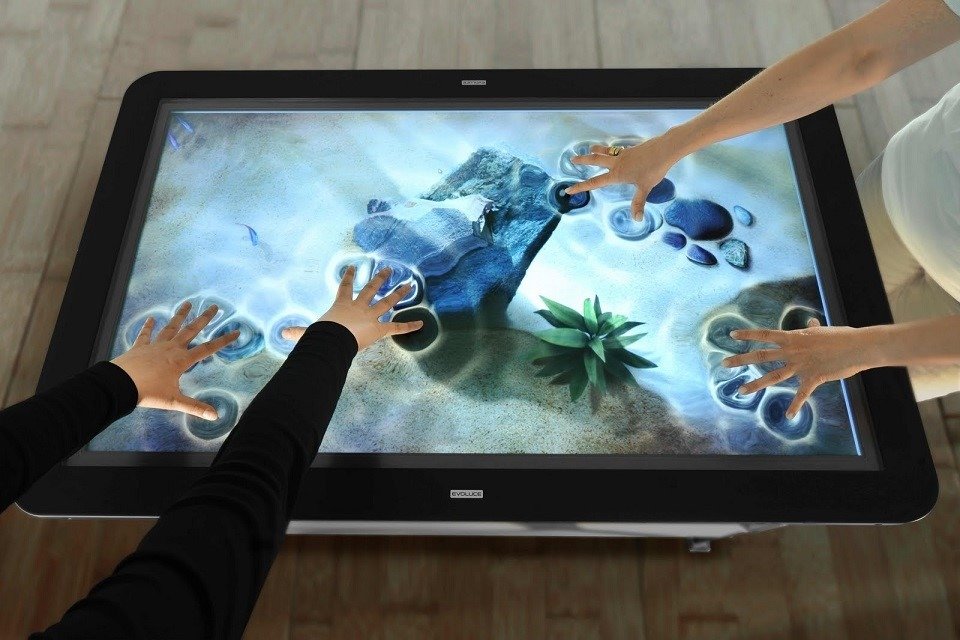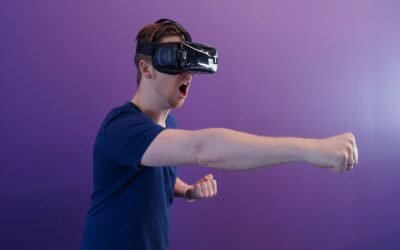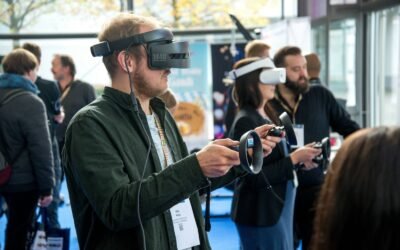There are several different touch screen technologies commonly used in various devices. Here are explanations of some of the main touch screen technologies:
Resistive Touch Screens
Resistive touch screens consist of two flexible layers with a small gap between them. When pressure is applied to the screen, the layers make contact, and the touch point is determined by measuring the changes in electrical current. Resistive touch screens can be operated with a finger, stylus, or any object that applies pressure.
Advantages:
- Can be operated with fingers, stylus, or any object that applies pressure.
- Works even with gloves or non-conductive materials.
- Lower cost compared to some other technologies.
- High level of accuracy in touch detection.
Disadvantages:
- Lower transparency and image clarity compared to capacitive touch screens.
- Limited to single-touch or low multi-touch support.
- Prone to wear and tear over time.
- Requires firmer touch, which can be less intuitive for some users.
Capacitive Touch Screens
Capacitive touch screens use a layer of glass or a transparent conductor as the touch surface. When a conductive object, like a finger, touches the screen, it disrupts the screen’s electrostatic field, allowing the touch point to be detected. Capacitive touch screens are known for their multi-touch support and better clarity compared to resistive screens.
- Surface Capacitive: Surface capacitive touch screens have a layer of electrodes on the glass surface. When touched, the electrodes detect changes in capacitance and determine the touch point. They can be operated with a finger or a special capacitive stylus.
- Projected Capacitive (PCAP): Projected capacitive touch screens use a grid of electrodes embedded in a glass panel. The touch point is detected based on the changes in capacitance caused by a conductive object, like a finger, near the electrodes. PCAP screens are widely used in smartphones and tablets.
Advantages:
- Multi-touch support and gestures recognition.
- High transparency and image clarity.
- Smooth and responsive touch experience.
- Durable and resistant to wear and tear.
Disadvantages:
- Requires touch with a conductive object (typically finger).
- Less accurate with non-finger touch input.
- Can be affected by water or moisture.
- Higher cost compared to resistive touch screens.
Infrared Touch Screens
Infrared touch screens use rows and columns of infrared LEDs and photodetectors positioned around the screen’s edges. When a touch occurs, the interruption of infrared light beams allows the touch point to be determined. Infrared touch screens can handle multiple touches simultaneously and are resistant to surface contaminants.
Advantages:
- High touch accuracy and precision.
- Can support multiple touches simultaneously.
- Resistant to surface contaminants.
- Durable and resistant to scratches.
Disadvantages:
- Requires bezel or frame around the screen for sensor positioning.
- Vulnerable to ambient light interference.
- Higher cost compared to some other technologies.
- Limited in terms of gesture recognition.
Optical Touch Screens
Optical touch screens use infrared or near-infrared light to create a grid of light beams across the touch surface. When a touch occurs, the light beams are blocked, and the touch point is determined. Optical touch screens can provide high image clarity and are commonly used in kiosks and large displays.
Advantages:
- High image clarity and brightness.
- Can support large-format touch screens.
- Immune to electromagnetic interference.
- Good resistance to scratches and contaminants.
Disadvantages:
- Requires a bezel or frame for sensor positioning.
- Slightly lower touch accuracy compared to some other technologies.
- Can be affected by ambient light conditions.
- Higher cost compared to certain touch technologies.
In-Cell and On-Cell Touch Screens
These technologies are variations of capacitive touch screens that integrate the touch sensors directly into the display panel. In-Cell technology integrates the touch sensors into the LCD panel, while On-Cell technology places the touch sensors on top of the display panel. Both approaches help reduce thickness and improve touch sensitivity.
Advantages:
- Thinner and lighter display module.
- Improved touch sensitivity and accuracy.
- High image clarity and brightness.
- Energy-efficient and responsive touch experience.
Disadvantages:
- Higher cost compared to traditional touch technologies.
- Limited availability in certain device models.
- Repairs can be more complex and costly.
- Potentially reduced durability due to integrated touch layer.
Surface Acoustic Wave (SAW) Touch Screens
SAW touch screens use transducers and reflectors positioned on the screen’s edges to generate and detect ultrasonic waves across the surface. When a touch occurs, the waves are disrupted, allowing the touch point to be detected. SAW touch screens offer excellent image clarity but may be susceptible to surface contaminants.
Advantages:
- High image clarity and brightness.
- Excellent touch accuracy and sensitivity.
- Can support large-format touch screens.
- Durable and resistant to scratches.
Disadvantages:
- Requires bezel or frame for transducers and reflectors.
- Can be affected by contaminants on the surface.
- Limited to single-touch or low multi-touch support.
- Higher cost compared to some other technologies.







